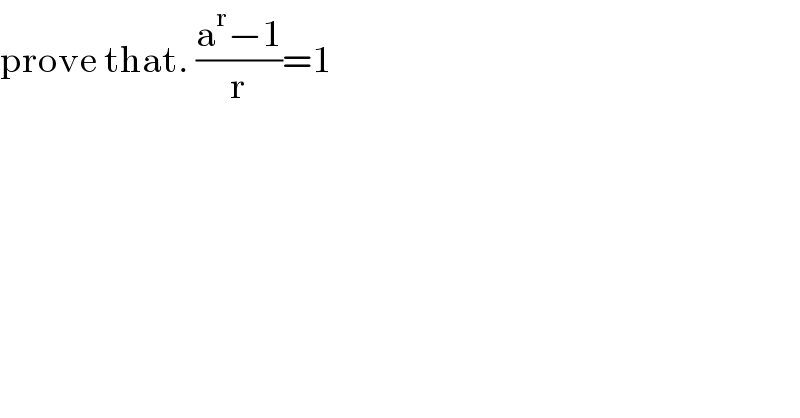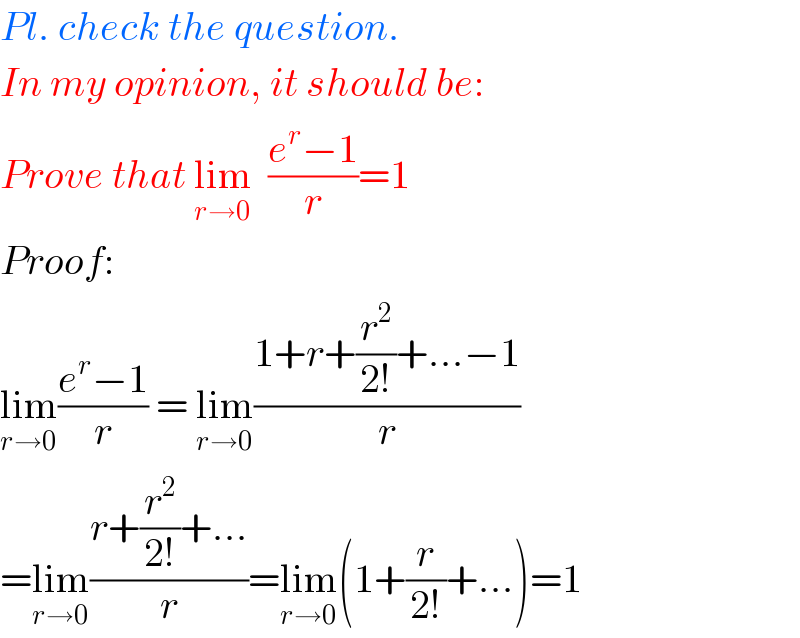
Question and Answers Forum
Question Number 49817 by Aditya789 last updated on 11/Dec/18

Commented by tanmay.chaudhury50@gmail.com last updated on 11/Dec/18

Answered by $@ty@m last updated on 11/Dec/18

Commented by $@ty@m last updated on 11/Dec/18

| ||
Question and Answers Forum | ||
Question Number 49817 by Aditya789 last updated on 11/Dec/18 | ||
 | ||
Commented by tanmay.chaudhury50@gmail.com last updated on 11/Dec/18 | ||
 | ||
Answered by $@ty@m last updated on 11/Dec/18 | ||
 | ||
| ||
Commented by $@ty@m last updated on 11/Dec/18 | ||
 | ||